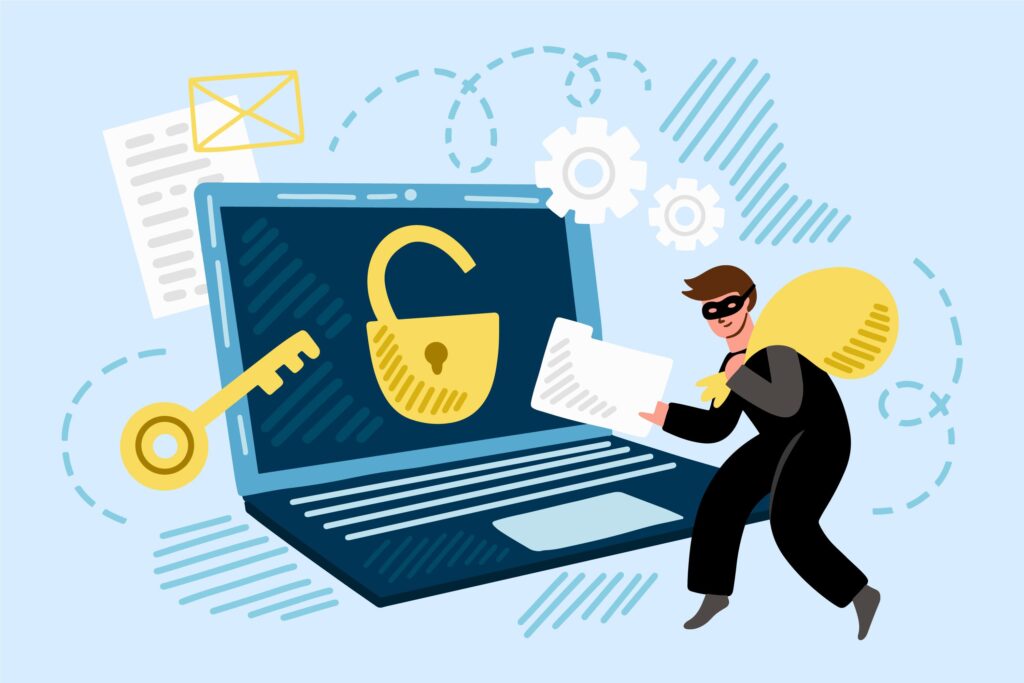In an era dominated by digital interactions and data sharing, the concept of security breaches has become a critical concern for individuals, businesses, and organizations of all sizes. A security breach occurs when unauthorized individuals gain access to sensitive information, potentially leading to data theft, financial loss, and damaged reputations. In this article, we’ll delve into what a security breach entails, explore its various forms, and provide effective strategies to protect against this pervasive threat.

Defining a Security Breach
A security breach refers to the unauthorized access, use, or disclosure of confidential information, systems, or networks. Such breaches can encompass a wide range of scenarios, from cyberattacks that compromise personal data to physical breaches where unauthorized individuals gain access to restricted areas. Regardless of the form it takes, a security breach can have serious consequences for both individuals and organizations.
Common Forms of Security Breaches
-
Cyberattacks: These include hacking, malware infections, phishing attacks, and ransomware. Hackers exploit vulnerabilities in software, networks, and human behavior to gain unauthorized access and steal sensitive information.
-
Insider Threats: Employees, contractors, or anyone with access to an organization’s systems can intentionally or unintentionally cause a security breach. This can involve data theft, unauthorized access, or sharing confidential information.
-
Lost or Stolen Devices: Misplaced or stolen laptops, smartphones, or other devices containing sensitive data can lead to security breaches if the data is not properly encrypted or protected.
-
Physical Intrusions: Unauthorized individuals gaining physical access to secure areas can compromise data, equipment, and even sensitive facilities.
Protecting Against Security Breaches: Effective Strategies
-
Implement Strong Access Controls:
- Authentication: Require strong, unique passwords for accessing systems and sensitive data. Consider implementing multi-factor authentication for an extra layer of security.
- Authorization: Limit access to information based on roles and responsibilities. Not everyone needs access to all data and systems.
-
Regularly Update Software and Systems:
- Keep operating systems, software, and applications up to date with the latest security patches. Vulnerabilities in outdated software are often targeted by hackers.
-
Educate and Train Personnel:
- Provide cybersecurity training for employees to help them recognize phishing attempts, malware, and other security risks.
- Foster a culture of security awareness, where employees understand the importance of data protection and report suspicious activities.
-
Use Encryption:
- Encrypt sensitive data both in transit and at rest. This ensures that even if unauthorized access occurs, the data remains unreadable.
-
Monitor Network Activity:
- Regularly monitor network traffic and system logs to detect unusual activities or patterns that could indicate a breach.
-
Implement Firewalls and Intrusion Detection Systems:
- Set up firewalls to filter incoming and outgoing network traffic and intrusion detection systems to identify potential threats.
-
Backup Data Regularly:
- Create and maintain regular backups of critical data to ensure that even in the event of a breach, data loss is minimized.
-
Develop an Incident Response Plan:
- Establish a clear and well-defined incident response plan that outlines the steps to take in case of a security breach. This ensures a swift and organized response to mitigate the impact.
-
Secure Physical Access:
- Implement security measures like keycard access, surveillance cameras, and restricted entry to sensitive areas.
-
Regularly Audit and Assess Security:
- Conduct regular security assessments to identify vulnerabilities and address them promptly. Regular audits help maintain a proactive security stance.
Conclusion
In an increasingly interconnected world, security breaches have become a significant threat that can result in financial loss, damage to reputation, and even legal repercussions. By understanding the various forms of security breaches and taking proactive measures to protect against them, individuals and organizations can significantly reduce their vulnerability. From strong access controls and regular software updates to employee training and incident response plans, a comprehensive approach to cybersecurity is essential to safeguard sensitive information and maintain trust in an increasingly digital landscape.